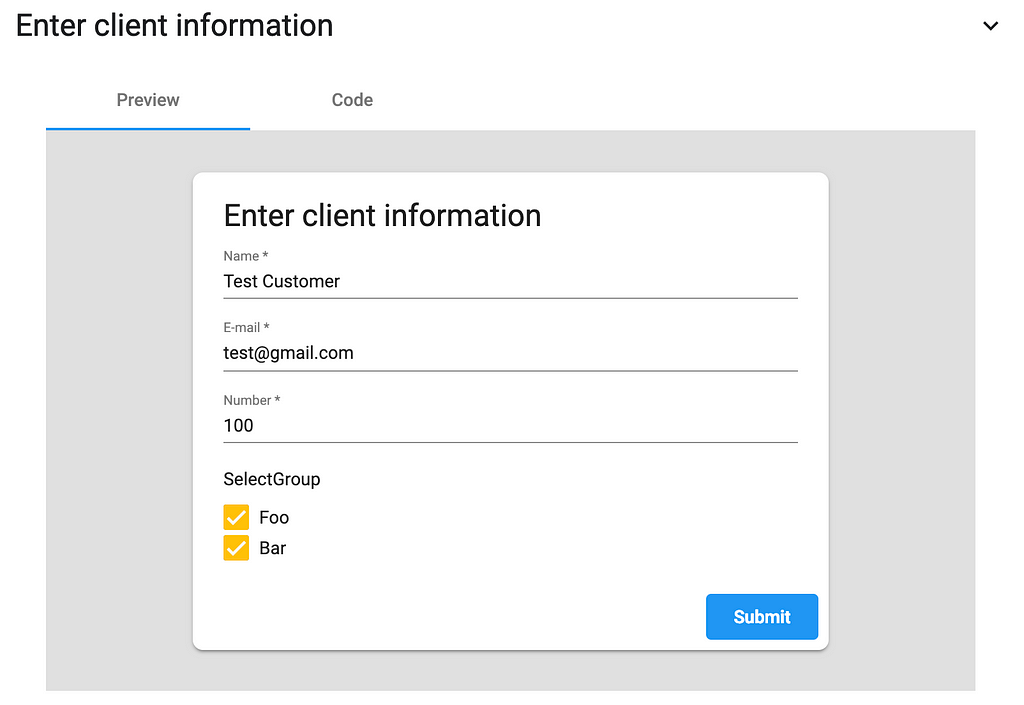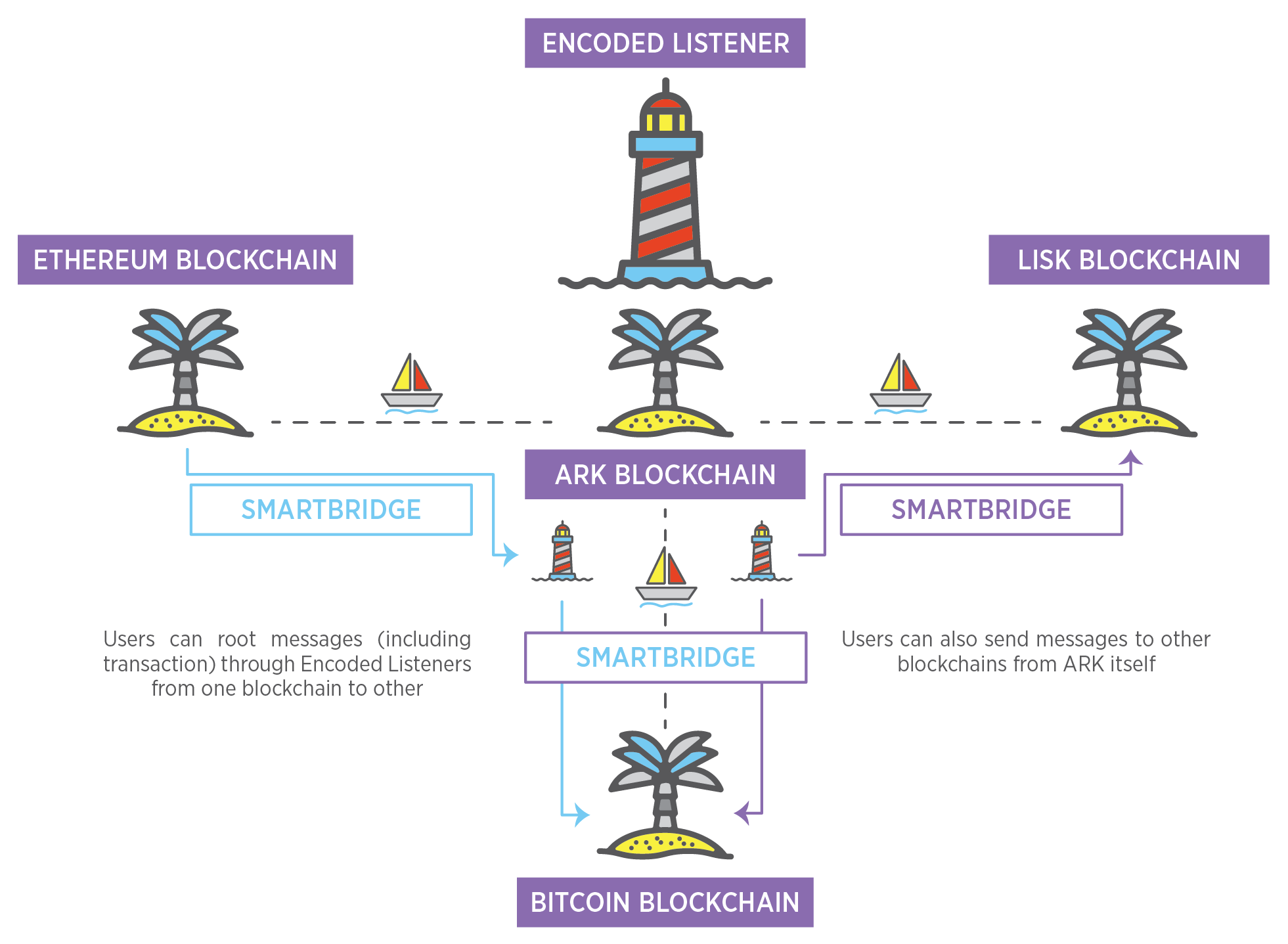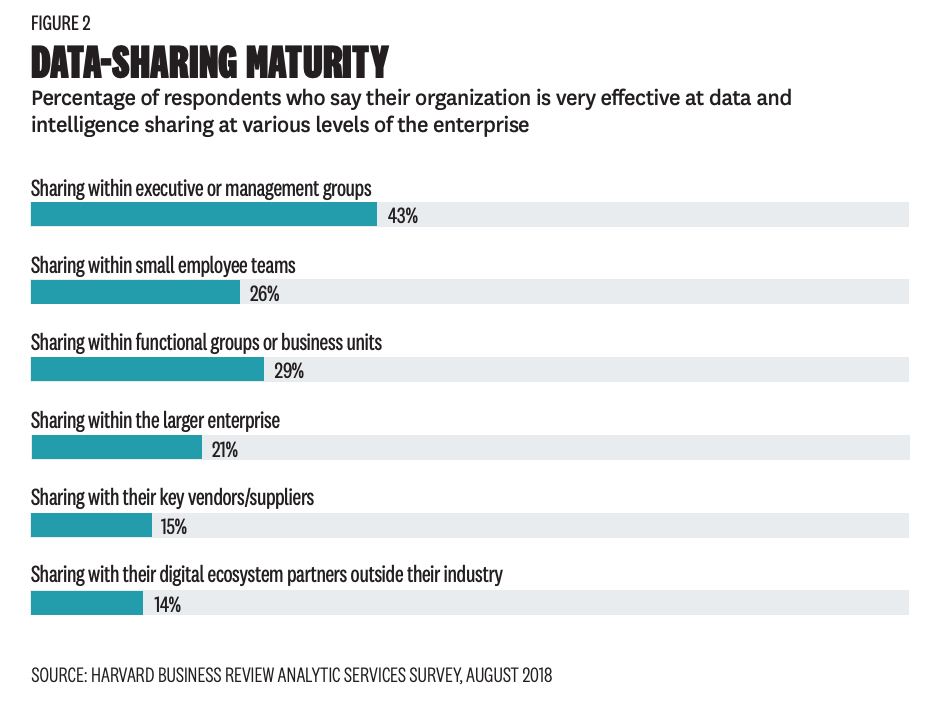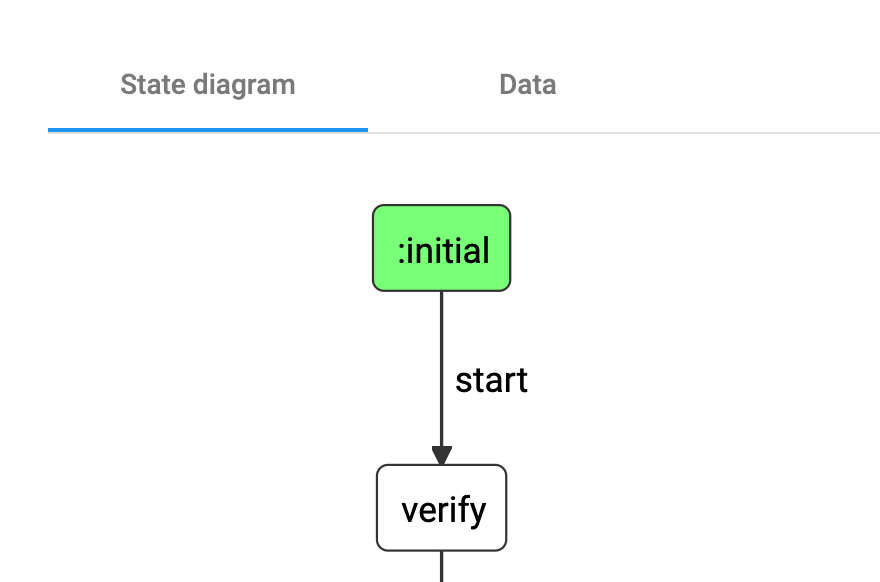Latest news about Bitcoin and all cryptocurrencies. Your daily crypto news habit.
Digitalization is promoted among businesses as it improves their efficiency and reduces costs. Also, this trend creates huge data silos for businesses ready to be analyzed to further improve their operating.
However, it’s not all rosy. The amount of data businesses receive can be overwhelming and hard to manage. The first common issue we can find is the presence of multiple data silos which aren’t connected.
For example, an imaginary company collects website behavior data inside of their database, but also their sales and stock data in separate excel sheets. This brings us to two issues:
- Different storage means
- Multiple not connected data sources
Trying to analyze such fragmented data is a costly and time-consuming process, something digitalization should prevent in the first place. On top of that, during the last two decades, multinationals and governments have invested billions of dollars in automation solutions like ERP or CRM-system but still ended up with complex or fragmented data flows.
We can even look one step further onto an inter-business level. Companies are very reluctant about sharing data with other businesses. Even on a governmental level, we can find a lot of hesitation while these companies could benefit from each other. The below figure from Harvard Business Review shows that only 15% of the businesses share their data with key vendors or suppliers.
To give a simple example, a company that produces tree houses can share its knowledge about the monthly demand so a bolts and wood company can provide the company with sufficient supply based on this information. Currently, this is possible with expensive ERP systems which are not flexible and costly for custom implementations.
As I’m a proponent of blockchain technology, I suggest exploring a couple of interesting blockchain-based projects that try to propose solutions for both data silos and business interconnectivity.
LTO Network
LTO Network has created a new standard for inter-organizational data exchange as it has created a means for organizations to create decentralized workflows.
Mostly, companies use legacy systems that use old standards like SOAP or old data standards like XLM to exchange data. However, connecting different companies their data streams is a tough task. Therefore, LTO Network provides a whole range of data connection means to connect with databases and other data sources.
Via a simple interface, companies can create decentralized data sharing workflows connecting their systems. LTO Network offers a playground where businesses can try out to create a diagram and define all processes and the actors that interact with the processes.
This visual diagram converts all processes into a JSON schema (specific data representation schema) that can be validated with a simple JSON validator. However, to remove the need for JSON knowledge, the playground provides forms that convert the JSON into easy to complete input fields.
 Date Form LTO Network Playground
Date Form LTO Network Playground
As privacy and retaining control is important, companies can still determine with who and which data can be shared. This blockchain-based access rights system is also the main reason why blockchain technology is used. Blockchain adds trust, transparency, and control to this data sharing process which is the most important factor that is lacking currently.
The cool thing about LTO Network is that they are GDPR and data-privacy compliant. Besides that, they have adopted the JMESPATH library which allows specifying how to extract elements from and into companies systems.
They expect that businesses will adopt this new way of gaining insights via inter-organizational data sharing in the coming years.
Ark — Connect Blockchains
Also in the world of blockchain technology, we see many projects spring up. Currently, we have more than 100 platforms that offer some kind of specific smart contracting capabilities. Even blockchain technology is creating data and technology silos which makes it harder for businesses to pick and stick to one platform.
One aim of the platform is to increase the interoperability of many different blockchains in the ecosystem by use of ARK’s SmartBridge technology. This SmartBridge allows for communication between validated bridged blockchains. This means that the platform can function as an intermediary to merge varying blockchain ecosystems such as Bitcoin and Ethereum, to produce one unified and connected ecosystem.
In order to trigger an event on one blockchain via a different blockchain, an individual will have to first check if that blockchain is SmartBridge compatible. If it is, then the individual can execute a SmartBridge transaction to the compatible blockchain via the ARK wallet.
 Ark SmartBridge Example — Source: blog.ark.io
Ark SmartBridge Example — Source: blog.ark.io
An example of this system can be as simple as person X sending ARK tokens to its Ethereum wallet. This would require a listener that can start a script to convert ARK to ETH and send it to this person’s wallet.
In short, ARK wants to give blockchains the ability to communicate and exchange value with others.
Ocean Protocol
Ocean Protocol was built with the goal of unlocking data. By unlocking data, Ocean Protocol allows data providers to interact with data consumers through a decentralized data marketplace. Through the Ocean Protocol marketplace, data can be shared and monetized with control, auditability, transparency, and compliance available to all actors involved.
According to Ocean Protocol, the reason why only 15% percent of the businesses wants to share data with other businesses is the lack of trust and auditability. A business needs to feel comfortable for sharing data as they want to make sure that their valuable data cannot be shared with other parties without their knowledge, giving them a potential competitive advantage.
Today, there’s an enormous amount of data available in siloed structures, but there’s no single, trusted data marketplace. Ocean Protocol aims to create that platform.
The protocol is catered to two broad groups of users:
- Data Providers: Data providers can unlock their data and earn revenue by publishing data onto the platform.
- Data Consumers: Data consumers can discover and buy data from the platform.
Disclaimer
The views and opinions expressed in this article are solely those of the authors and do not reflect the views of Bitcoin Insider. Every investment and trading move involves risk - this is especially true for cryptocurrencies given their volatility. We strongly advise our readers to conduct their own research when making a decision.


